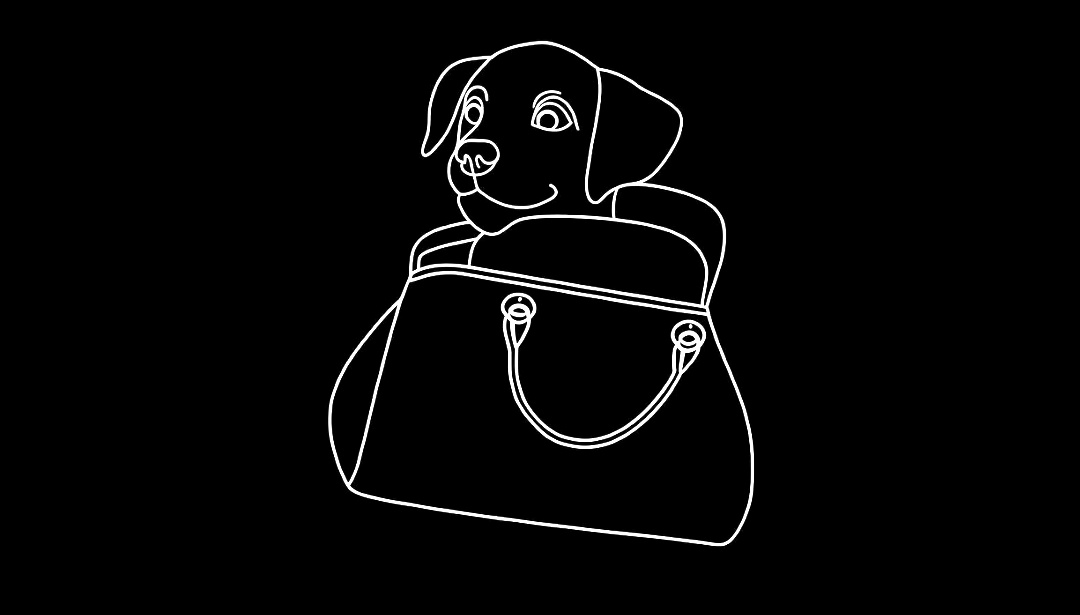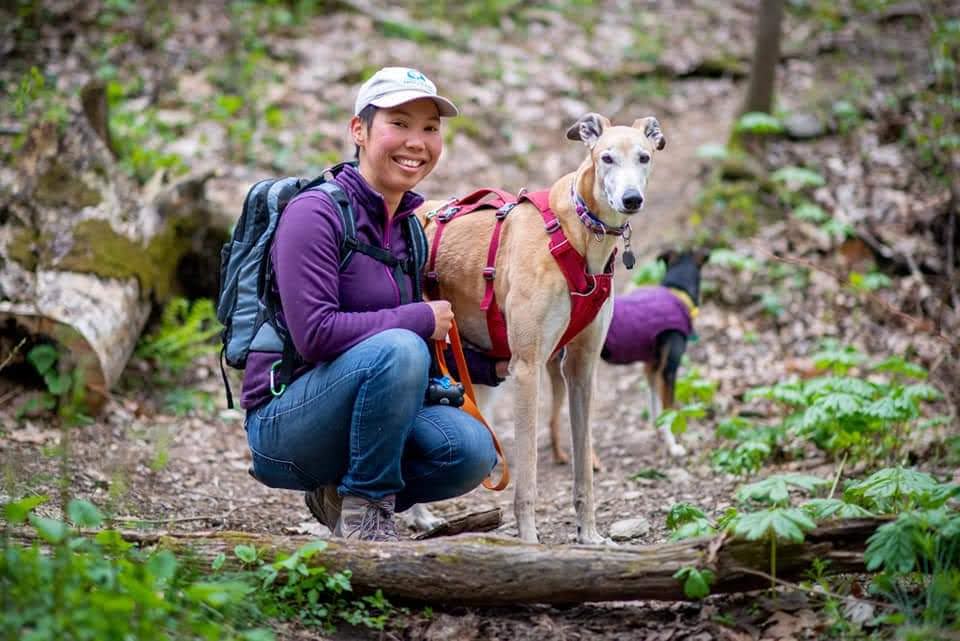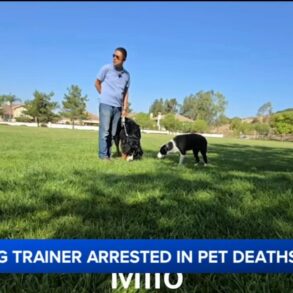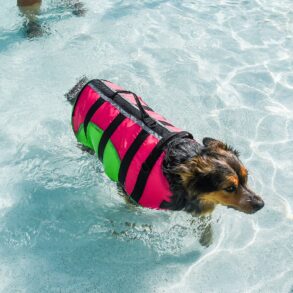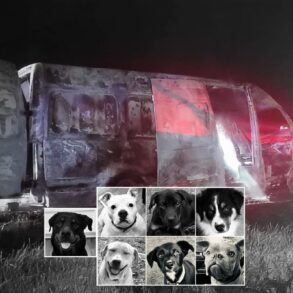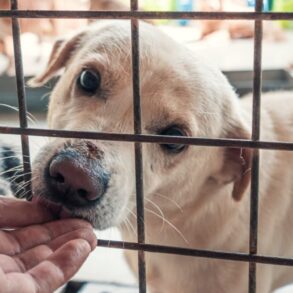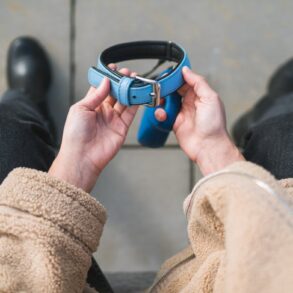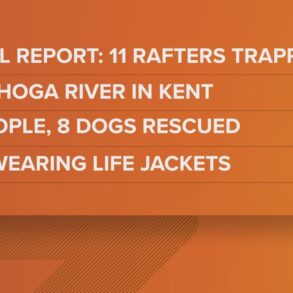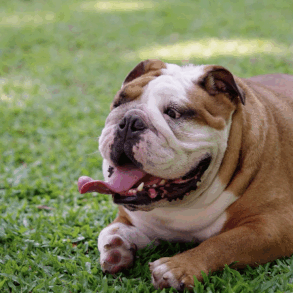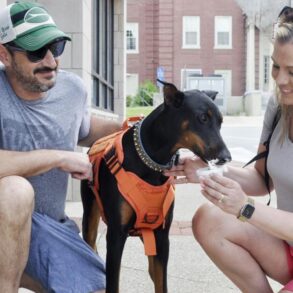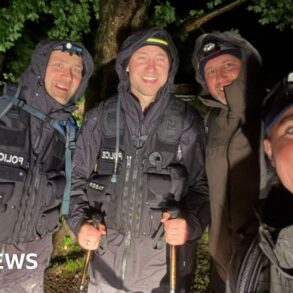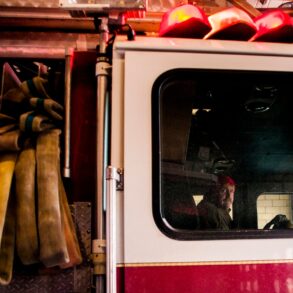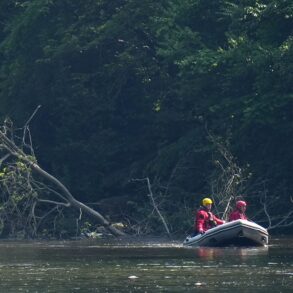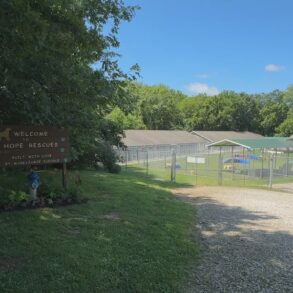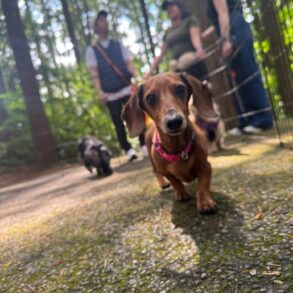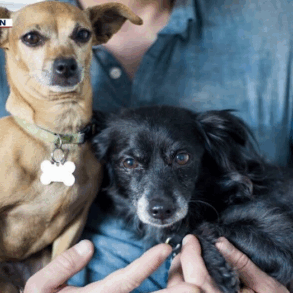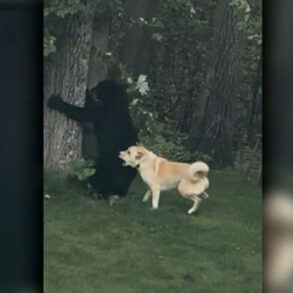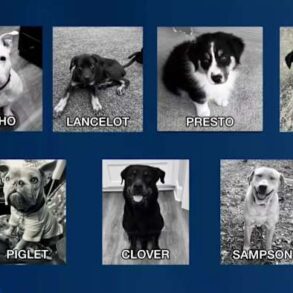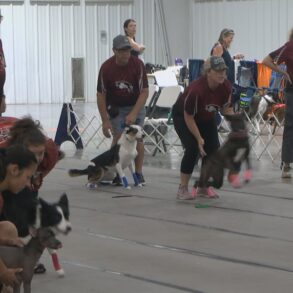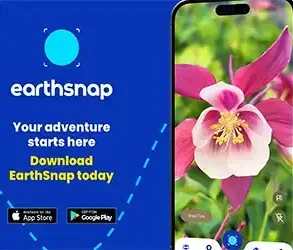My entire journey of hiking began with my first dog, Rogue, a retired racing greyhound.
My family fostered my love for the outdoors, especially growing up in beautiful Hawai’i where access to places to recreate abound. As a young adult, having moved thousands of miles away from home and living in land-locked states, I wanted to explore outdoors but the fear of going alone stopped me many times. I thought, “When I get a dog, we’ll go hiking together.” And we did exactly that! We were unlikely hikers, usually the only BIPOC and sighthound that any other hikers passed on the trails we took around the PA, MD, and DE natural areas. Rogue wasn’t as fond of camping as I was, so I knew that once I dipped my toes into backpacking, I would be alone in the great outdoors again.
(Rogue crossed Rainbow Bridge recently and I am so thankful to have had him in my life for as long as I did. There was no one else I would have wanted at my side to embark on my outdoors journey.)
Enter Jyn, an 8-month-old puppy who unexpectedly found herself in need of a new home at the end of 2019.
She was a small dog and while I knew lots of active small dogs, I also knew ones who were more content to stay home in a warm nest of blankets on the couch. I placed no expectations on her, but began to take her out with Rogue and I to the local parks. Turns out she was both a lap dog and an adventure pup! With Covid lockdown in full swing, I dedicated the time to training Jyn. Since the only things we really could do were outside activities, that’s exactly what we did. I believe we went on a camping trip once a month in 2020, weather allowing. We were both hooked. Jyn is now 6 years old and has hundreds of miles under her belt from trails all over North America.
The things that are important for my dogs to know can be summed up in three main categories: Life Skills, Trail Etiquette, and Camping Manners.
Life Skills are for any dog, even the ones that don’t enjoy hiking. Examples would be:
- Not door dashing
- Sharing space in the home, especially on beds and couches
- Being easy to handle for family members and sitters
Trail Etiquette consists of things like:
- Recall
- Sharing the trail with other hikers, dogs, horseback riders, and cyclists
- Safely navigating obstacles like blowdowns and water/road crossings
Camping Manners are:
- Being calm and non-destructive inside the tent
- Not begging for food from other campers
- Keeping a close radius around the campsite
Now I am not a trainer, so this post is a story-time of anecdotes, not advice. I’m a fan of taking classes, so Jyn and I have attended several. The biggest help was the recall class. I learned how to make calling Jyn back to me a fun and rewarding process. We still practice this almost daily. She responds incredibly well to positive reinforcement, especially food, which makes my job so much easier! Many of these skills were also learned through establishing routines over the years. Jyn eats trail snacks whenever I do and then when we get into camp I set up the tent for her and she rests her paws while I do the camp chores and prepare dinner for us.
There are three sections on the Appalachian Trail that are off limits to dogs: Great Smoky Mountains National Park in Tennessee, Trailside Zoo in Bear Mountain State Park in New York, and Baxter State Park in Maine. I have made plans with backup plans for when we reach those areas. The Trailside Zoo is fairly simple to get around by following a blue blazed side trail. For the other two sections, Jyn will get off trail, enjoy some R&R, and meet me on the other side.
What I keep in mind when we are traveling together is that we are a team of two living creatures, so some days we might not be on the same page. That’s okay! We can manage our highs and lows together. Creating a long-distance thru hiking routine with Jyn will be a new chapter to our relationship that I’m very much looking forward to.
This website contains affiliate links, which means The Trek may receive a percentage of any product or service you purchase using the links in the articles or advertisements. The buyer pays the same price as they would otherwise, and your purchase helps to support The Trek’s ongoing goal to serve you quality backpacking advice and information. Thanks for your support!
To learn more, please visit the About This Site page.
This post was originally published on this site be sure to check out more of their content.
